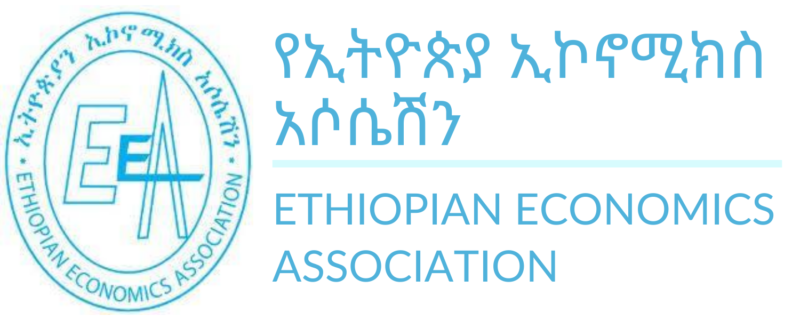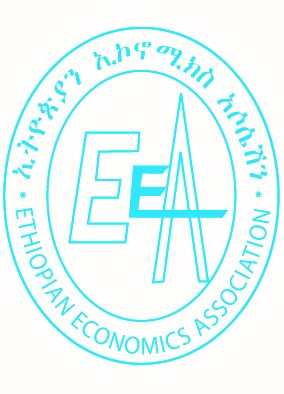Abstract
This study was aimed to estimate the gender finance gap, and the role of financial inclusion on women economic empowerment in Ethiopia. We use two publicly available datasets: The Global Findex and The Ethiopian Living Standards Measurement Surveys (LSMSs) of the World Bank Group. The estimates show that adult Financial Inclusion (FI) has not yet exceeded one third of the adult population in Ethiopia. Estimates of the gender finance gaps are about 12% and 16% in 2017 and 2018, respectively. Education, income, and age are the main factors that could explain the existence of gender finance gap in Ethiopia. The effect of FI on women’s labour supply is positive. It increases women’s weekly work hours in paid causal, temporary and non-agricultural works by more than four hours per week. Furthermore, the presence of financially included adult women in the household increases households’ asset accumulation and total expenditure on nondurable items. The Average Treatment Effects (ATE) of FI on monthly households’ expenditures of non-food and non-durable items is about ETB 240 when we compare a household who has at least one financially included woman with a household who has not such inclusion. Therefore, policies that could increase women’s ownership of bank account and utilization of financial institutions could increase women empowerment through increasing households’ total expenditure on non-food and non-durable items and increase their participation in paid activities that lead to increased household’s asset accumulation and welfare in Ethiopia.
Key words: Gender Finance Gap, Women Economic Empowerment, Women’s Time Use, Ethiopia.


